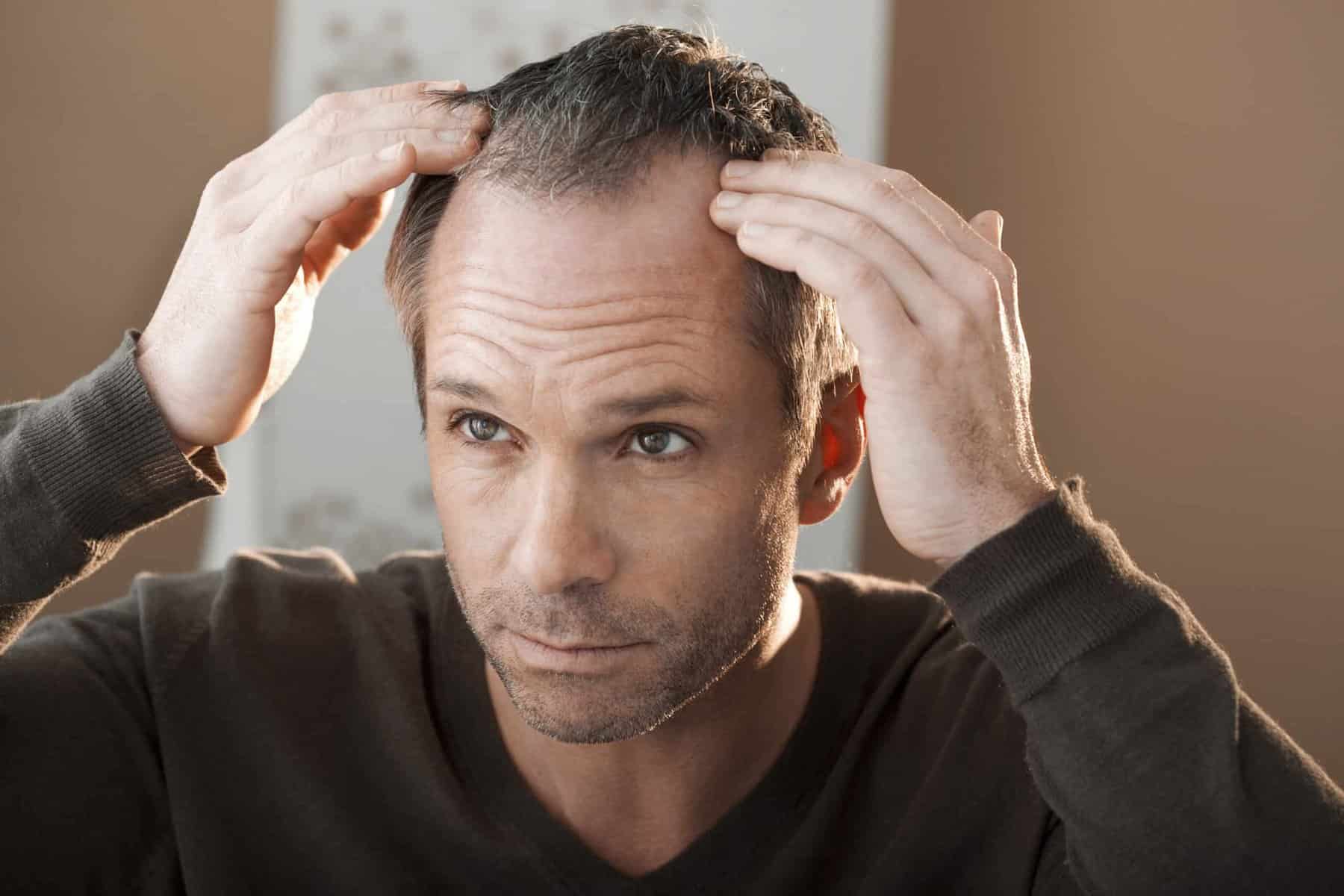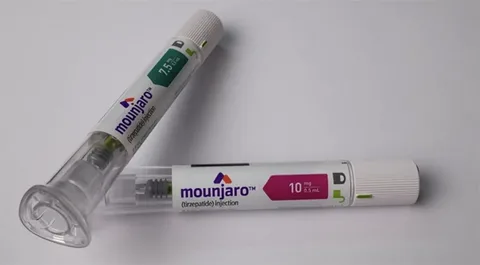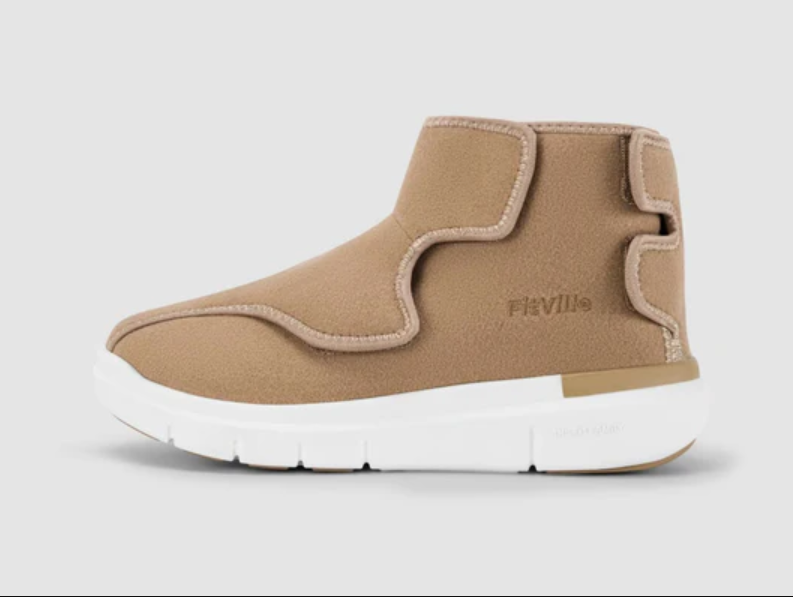Hair loss can significantly impact an individual’s confidence and overall quality of life. As technology advances, so do the solutions available for those seeking effective hair restoration. The field of hair replacement has seen remarkable innovations that provide more natural results, less invasive procedures, and faster recovery times. This blog explores the latest innovations transforming hair replacement methods, emphasizing their benefits and how they are shaping the future of hair restoration.
Understanding Hair Replacement: A Brief Overview
Hair Replacement in Abu Dhabi involves techniques designed to restore hair density and natural appearance for individuals experiencing hair thinning or baldness. Traditionally, methods such as hair transplants and scalp micropigmentation have been utilized. However, recent technological breakthroughs have expanded the options, offering more sophisticated, minimally invasive, and personalized solutions.
The Evolution of Hair Replacement Techniques
Over the years, hair replacement methods have evolved from simple wig applications to complex surgical procedures. Initially, options were limited and often resulted in unnatural looks or visible scars. Modern innovations focus on creating seamless, natural results with minimal discomfort and downtime, driven by advancements in medical technology and materials.
Latest Innovations in Hair Replacement
1. Follicular Unit Extraction (FUE) Enhancements
Follicular Unit Extraction (FUE) has become a preferred surgical method due to its minimally invasive nature. Recent innovations include robotic-assisted FUE, which enhances precision in follicle extraction. These systems use artificial intelligence and robotic arms to identify healthy follicles, reducing trauma and increasing graft survival rates. The improved accuracy results in more natural hairlines and a higher density of transplanted hair.
2. Platelet-Rich Plasma (PRP) Therapy
Platelet-Rich Plasma (PRP) therapy involves using the patient’s own blood components to stimulate hair growth. Recent developments have refined PRP processing techniques, leading to higher concentration levels of growth factors. When combined with other treatments, PRP can significantly enhance hair density, improve scalp health, and promote faster healing. The minimally invasive nature and quick sessions make it an attractive option for many.
3. Hair Cloning and Stem Cell Technology
One of the most groundbreaking innovations is the exploration of hair cloning and stem cell therapy. Researchers are investigating ways to replicate hair follicles using stem cells extracted from the scalp or other body parts. Although still in the experimental stage, early results are promising, hinting at the possibility of unlimited hair regeneration in the future. This technology aims to overcome limitations of donor hair availability in traditional transplants.
4. Advanced Scalp Micropigmentation (SMP)
Scalp Micropigmentation (SMP) has seen significant advances, providing a non-surgical solution that creates the illusion of a fuller head of hair. Modern SMP techniques utilize micro-needles and specialized pigments to mimic the appearance of hair follicles. Innovations include customized pigmentation protocols and improved equipment that deliver more natural-looking results with minimal discomfort and long-lasting effects.
5. 3D Hairline Design and Customization
The use of 3D imaging technology allows for precise planning and visualization of the hairline before surgery. This innovation ensures that the final result aligns perfectly with the individual’s facial features and aesthetic preferences. Customization enhances natural appearance and boosts patient satisfaction by providing realistic, tailored hair restoration solutions.
6. Non-Surgical Hair Replacement Systems
Advancements in non-surgical options have expanded with the development of high-quality hair systems and wigs. Modern hair systems are designed with innovative materials that blend seamlessly with natural hair, offering versatile styling options. These systems are lightweight, breathable, and customizable, providing immediate aesthetic improvement without surgery.
7. Laser Hair Restoration
Low-level laser therapy (LLLT) has gained popularity as a non-invasive procedure that stimulates hair follicles. Recent innovations include portable laser devices that patients can use at home, along with clinical-grade systems that deliver targeted light therapy. The technology promotes blood circulation and cellular activity in the scalp, encouraging healthier hair growth.
The Future of Hair Replacement
The ongoing research and technological advancements suggest a future where hair restoration solutions become increasingly personalized, effective, and less invasive. Emerging fields like gene therapy, bioengineering, and nanotechnology hold promise to revolutionize hair replacement further. These innovations aim to provide permanent, natural-looking results with minimal discomfort and downtime, making hair restoration more accessible and appealing.
Choosing the Right Innovation for You
Selecting the most suitable hair replacement method depends on individual needs, hair loss extent, and personal preferences. Consulting with qualified specialists who stay updated on the latest innovations can help identify the best solution tailored to each person’s unique situation. Modern innovations offer options for various stages of hair loss, ensuring that everyone can find a suitable approach to restore their confidence.
Conclusion
The landscape of hair replacement is continuously evolving, driven by technological innovations that enhance natural results and patient comfort. From robotic-assisted transplants to regenerative techniques like stem cell therapy, these advancements are shaping a future where hair loss can be addressed more effectively than ever before. Staying informed about these innovations enables individuals to make empowered decisions and explore the most advanced options available for their hair restoration journey.
Frequently Asked Questions (FAQs)
1. What are the most effective non-surgical hair replacement options available today?
Modern non-surgical options include advanced hair systems, scalp micropigmentation, and laser therapy. These methods provide immediate visible results, are minimally invasive, and can be tailored to individual preferences.
2. How does stem cell therapy contribute to hair regeneration?
Stem cell therapy involves using the patient’s own stem cells to stimulate hair follicle growth and repair damaged hair tissues. While still under research, it offers the potential for natural hair regeneration without surgery.
3. Can robotic-assisted FUE improve the outcomes of hair transplants?
Yes, robotic-assisted FUE enhances precision in follicle extraction, leading to more natural-looking results and higher graft survival rates. It reduces trauma to the scalp and speeds up recovery.
4. Are there any innovations that allow for immediate hair restoration?
Yes, high-quality hair systems and scalp micropigmentation provide instant aesthetic improvements. Additionally, advancements in non-invasive therapies like laser treatment can promote quicker hair growth over time.







0 Comments